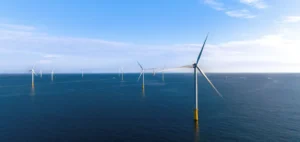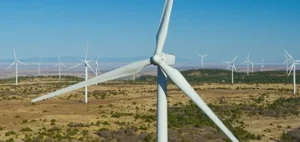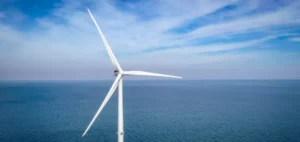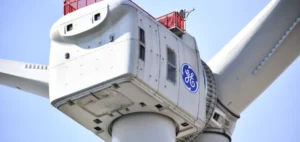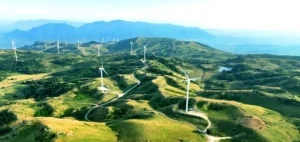RWE is bidding for five seabed licenses in Poland located near the FEW Baltic II project.
A global concept for Sharco Duo
RWE launches competitive processes for five offshore wind permits in the Polish Baltic Sea. The company is submitting bids for the five zones with a total capacity of 7.8GW. For site 44.E1, located near F.E.W. Baltic II, RWE offers a comprehensive and ecological concept.
Grzegorz Chodkowski, vice president of offshore development in Poland, explains:
“Our concept for Sharco Duo consists of state-of-the-art offshore wind technology combined with innovative solutions to build and operate the wind farm in harmony with the Baltic Sea ecosystem and to perfectly meet the requirements of the Polish energy system and achieve full grid stability.”
Indeed, RWE wants the offshore wind farm to be perfectly integrated into the Polish energy system. It includes the production of renewable hydrogen and electricity storage solutions.
In addition, RWE also plans to support biodiversity with the installation of silent foundations. The company will also use sustainable and recyclable components. In addition, the site must produce enough electricity to supply 11 million Poles per year.
A strong presence in Poland
For many years, RWE has been driving the energy transition in Poland. With its portfolio, the company is among the five largest onshore wind operators in the country. In addition, the company continues to diversify its renewable energy portfolio by investing in solar projects.
Sven Utermöhlen, CEO Offshore Wind, RWE Renewables, says:
“RWE is clearly committed to contributing to Poland’s energy transition by implementing the government’s offshore wind development program.”
Indeed, RWE is making progress in the development of F.E.W. Baltic II. This is one of the first offshore wind farms in the Polish Baltic Sea.
Once fully operational, it will be able to supply the equivalent of about 350,000 Polish homes. Furthermore, through the F.E.W. Baltic II project, RWE will make a significant contribution to the local economy. In addition, the group operates 18 offshore wind farms in five countries.
















